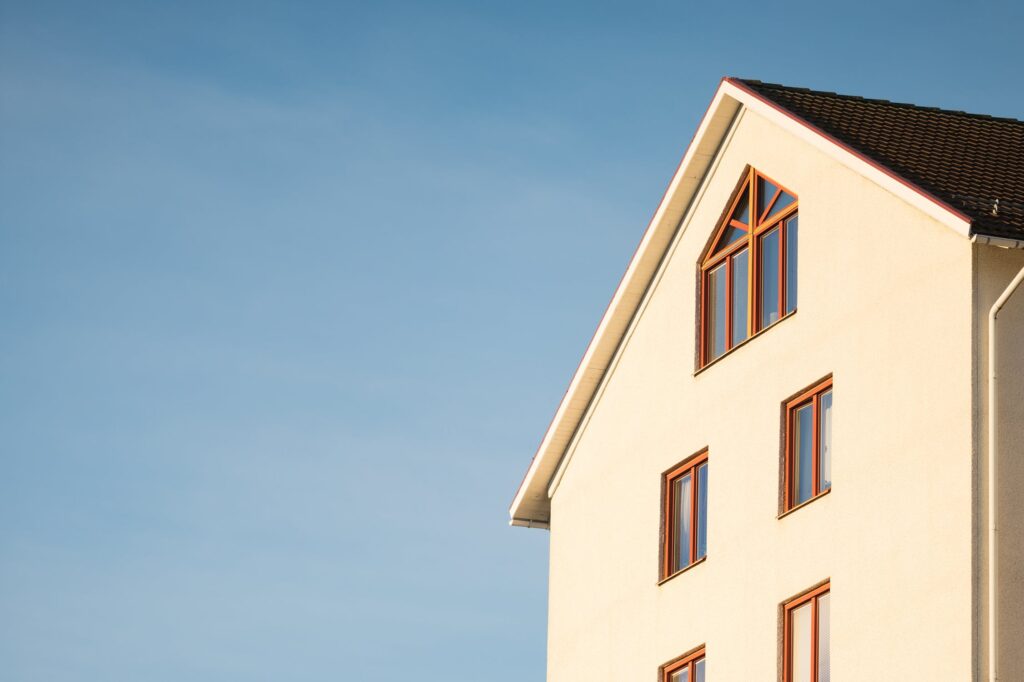What is Dwelling Fire Insurance?

You may have heard of the term “dwelling fire” when speaking with one of our agents about insuring your property, especially if it’s an investment property like a home you are planning to rent out or a multi-unit apartment building. Although, we’ve seen our clients get a dwelling fire policy because it’s just not the primary residence (vacation home, secondary home, older homes, etc.)
Homeowners vs Dwelling Fire Insurance
If you are looking to insure a home, one of the key things you need to decipher is the difference between homeowners insurance and dwelling fire insurance. How you plan to inhabit your home, if you choose to inhabit it at all, determines which direction you should go in insuring your property.
Standard Homeowners Insurance – A typical policy includes coverage for the homes physical structure and internal contents. This is the default most people go with if they plan on inhabiting their home for the long-term.
Dwelling Fire – Most often used for tenant occupied property that covers the home’s physical structure, limiting any coverage for your contents that you own to an amount you choose. Your insurance carrier would provide money for repair or replacement of the home based on the cost of construction, providing it’s a covered loss. Tenants who wish to purchase coverage for their personal belongings should get a renter’s insurance policy of their own. Many are under the false impression that the landlord is responsible for their personal belongings, they are only responsible if the damage to them has been caused by something that they are liable for, otherwise the tenant is on her/his own. This should be discussed with their agent or they can give us a call and we would be happy to help.
Differentiating the Dwelling Policy Types
Not all dwelling fire policies are created equal. Coverage types range from DP-1 to DP-3. We’ve given a general overview of each policy, but have decided to save the specifics for our agents. In a nutshell, as the DP numbers increase, so does the list of coverage options available for each policy.
The DP-1 is a basic form “named perils” policy, which means it explicitly names what is covered. There are optional endorsements you can add to the policy to extend coverage. A covered loss would compensate on the actual cash value (ACV) by default, but the replacement cost value (RCV) may be available for an increase in premium. This type of dwelling fire policy is typically the choice for insuring vacant homes and properties.
The DP-2 is a broad form “named perils” policy that insures what is covered under DP-1, but with a number of additions included. The DP-2 settles on a replacement cost basis. Loss of rent coverage may be included with this policy, making it ideal for rental homes.
The DP-3 is a special form “open perils” policy that covers for all types of damage, except what is specifically excluded on the policy. Exclusions can vary, but typically includes war, neglect, intentional loss, flood and earthquakes. The DP-3 settles on a replacement cost basis. The DP3 is highly recommended by H&K Insurance.
To decide whether dwelling fire insurance is right for you, call/text H&K Insurance at 617-612-6500 or fill out our handy quote form below!
